Do you need help finding the perfect voice for your content's target audience?
The writer's primary responsibility is to strike a balance that pleases both the writer and the reader.
However, many authors have a bias that turns off readers - they only present one side of an argument.
There are two possible causes for this: either the writer has a narrow target audience in mind or needs more skills to adapt the tone of their writing to appeal to a broader audience.
If you belong to the second group of writings, consider this your lucky day.
Today, we'll talk about how to change tone in writing so that it comes off as fair and reasonable to readers of diverse backgrounds.
Stay tuned!
Why Does The Tone Of Voice Matter in Writing?
The tone of voice in writing can be just as important as the words themselves.
It is a way you can use language to convey your attitude and intentions, and influence the way your readers perceive your message.
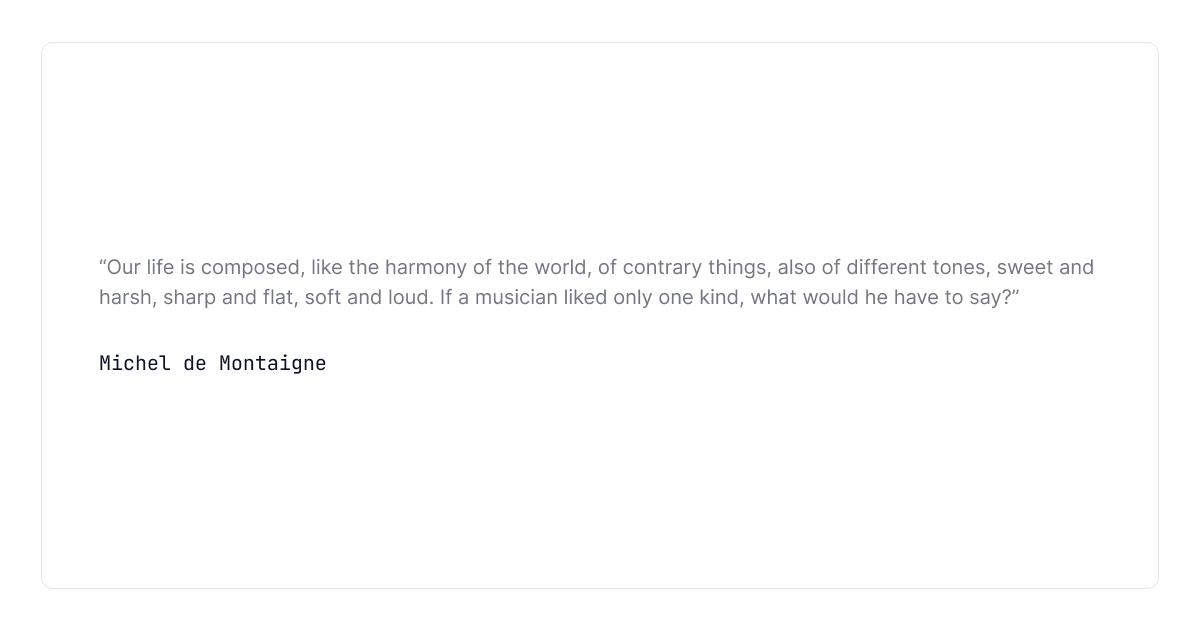
If you want to make a positive impression in your writing, it's important to choose a tone of voice that is friendly and upbeat.
For instance, If you're submitting a piece to a magazine, you should keep it light and fun.
On the other hand, if you're trying to be persuasive or convincing, a more serious or authoritative tone may be more effective.
Writing a blog post or a research paper, for example, requires an objective tone.
To get an appropriate tone in your writing, it is vital to remember that you’re writing for a specific audience.
Thus, it is essential to make sure you're familiar with their preferences.
Let’s discover how to change tone in writing to set the appropriate tone of voice in your content.
How to Change Tone In Writing — 6 Techniques To Level Up Your Content
1. Use a Wide Range of Strategies to Tackle The Problem.
We all know that topics can be complex and nuanced. However, it's easy to fall into the trap of treating your topic in a stereotyped or one-dimensional manner.
This can lead to many problems down the line, so it's important to avoid this from the start.
One way to avoid treating your topic in a stereotypical manner is to keep an open mind.
Be willing to explore all sides of your topic, and don't be afraid to change your opinion if new information arises.
When it comes to your blog, don't take the easy way out by simply rehashing what others have already said about your subject.
Instead, put your own spin on it and offer up a fresh perspective.
The world of blogging is vast and there are always new perspectives and fresh spins on old topics.
If you feel like you have something new to say on a subject, don't be afraid to say it. The worst that can happen is that people will disagree with you, but that's okay.
Engaging in thoughtful discourse is one of the best parts of blogging. This will make your blog more memorable and help you stand out from the rest.
2. Ruthlessly Cut Unnecessary Words
No matter how well you write, your first draft is almost never perfect. In fact, it's often a far cry from perfect. That's why editing is so important.
However, it's easy to get caught up in flowery language and unnecessarily long sentences when writing, making it seem cumbersome and difficult to read.
Instead, focus on using simple, clear language to convey your message effectively. This will make your writing more accessible and easy to understand.
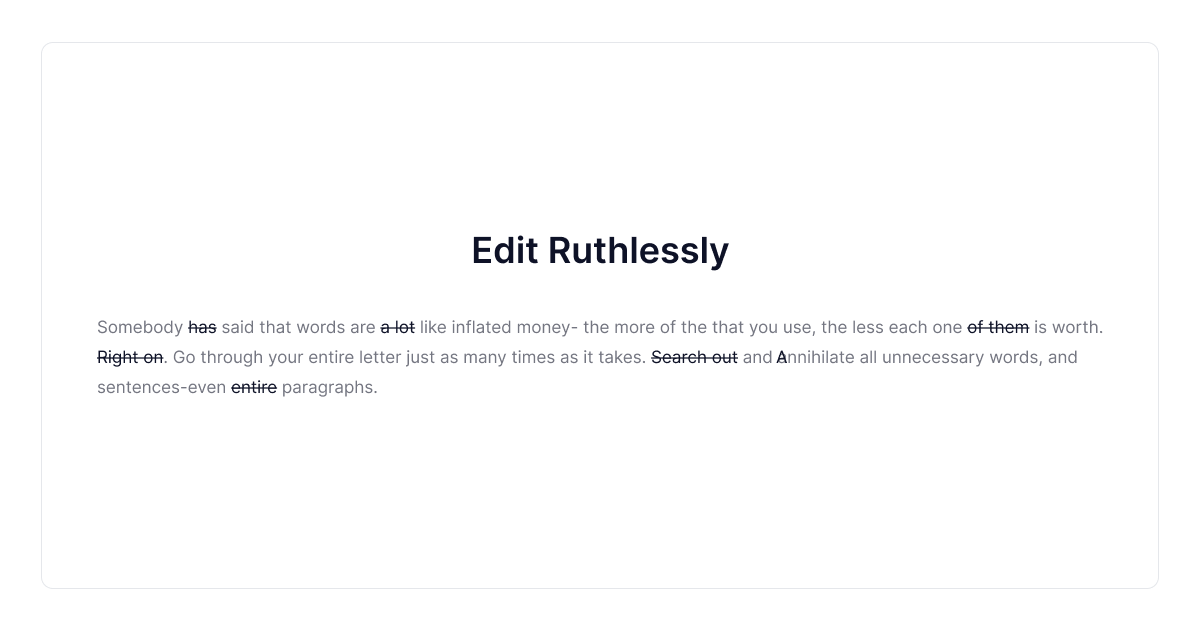
If you want your writing to be more effective, you need to cut the fat and get to the point.
For example, Hemingway editor is an excellent asset that can help you keep your content in line.
It will highlight passive voice, sentences that are hard to read and provide appropriate synonym suggestions.
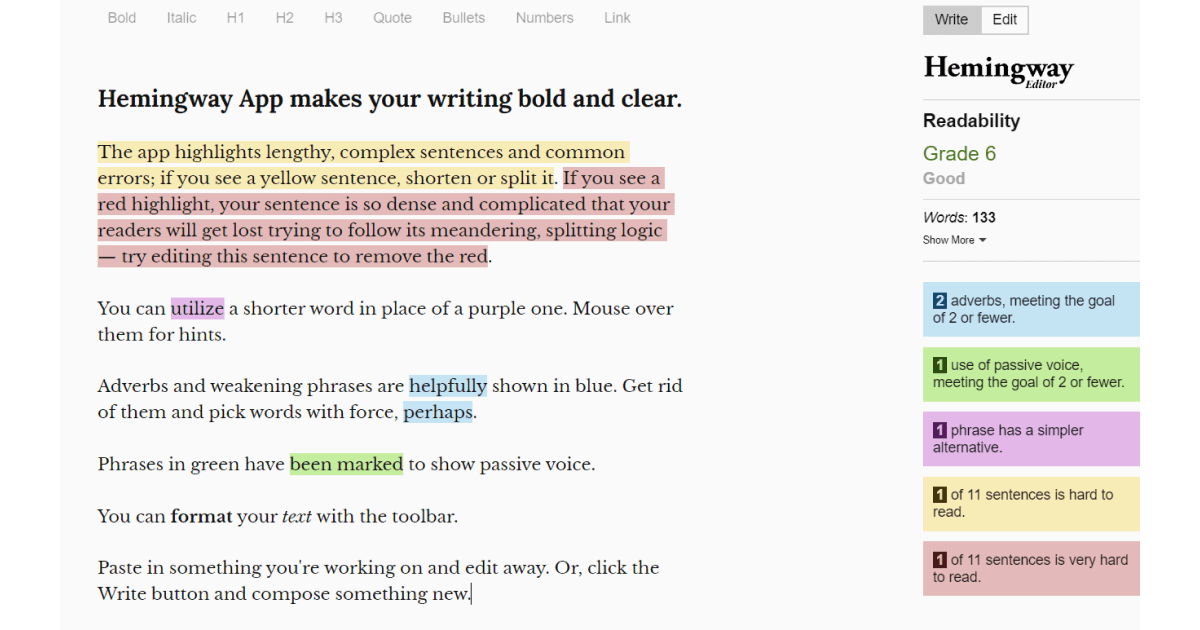
Be ruthless with your editing to make your writing as clear and concise as possible — trim away any words or phrases that don't contribute directly to your message.
Your readers will thank you for it!
3. Use Tension To Sustain Your Pitch
Tension is an important element in writing, especially in fiction. It's what makes the reader keep turning the pages, anxious to find out what happens next.
And there are different types of tension that can be used in writing:
- Suspense — the type of tension that can be used to keep the reader guessing and wanting more.
- Conflict — another type of tension which keeps the reader engaged by creating a sense of opposition or struggle.
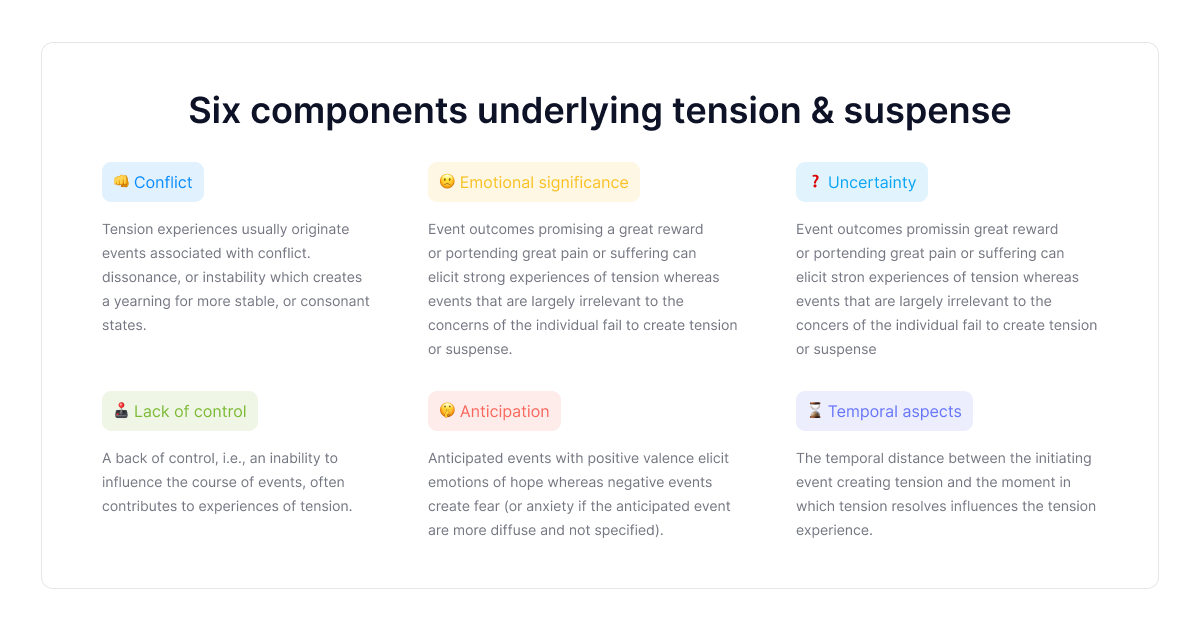
Both types of tension are important in writing and can be used to encourage your audience to scroll through your content without notice.
For example, if you want to create a tense scene, look for words that describe feelings of anxiety or fear.
Conversely, If you want to sustain a light-hearted tone, look for upbeat and positive words.
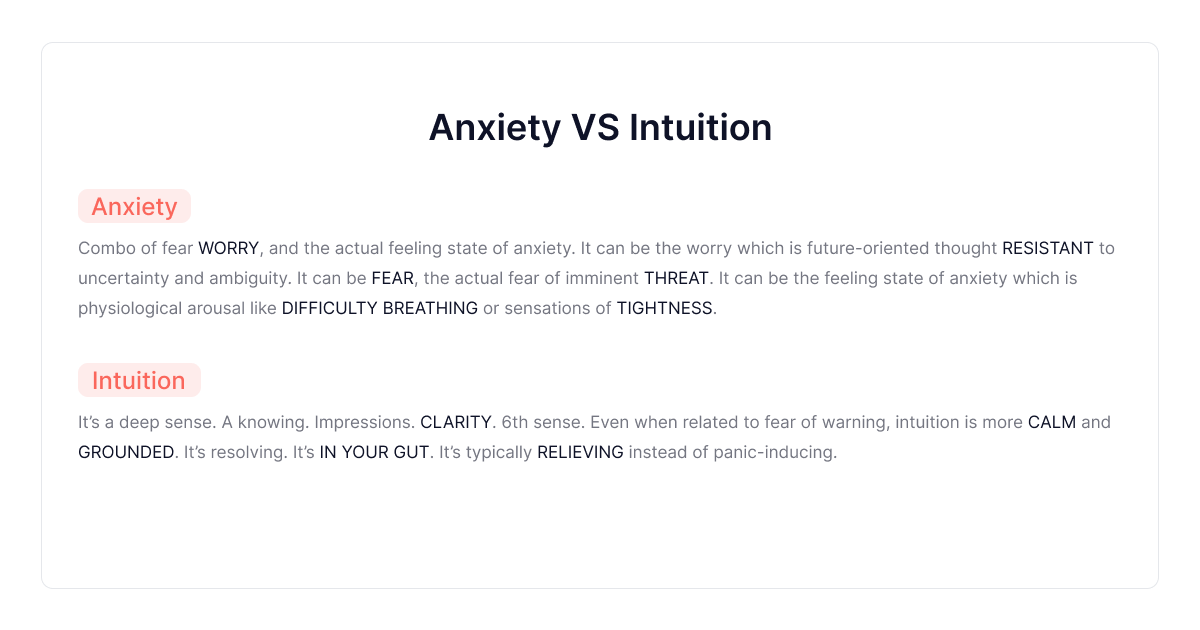
And to add tension and sustain tone in your writing, you can first use a thesaurus to find words that convey the feeling you're going for.
You can start with UsingEnglish — a language tool that offers a large collection of tools and resources for students, teachers, and academics for various subject areas.
In addition, here are some tips to help you effectively add tension and sustain tone in your writing:
1. Use punchy and short sentences.
2. Create a sense of urgency by using words like "now" or "quickly."
3. Use an active voice to keep things moving forward.
4. Be specific in your descriptions to create a vivid picture for readers.
5. Use dialogue to reveal characters and advance the plot.
6. Write with emotion to connect with readers on a deeper level.
Experimenting with different word choices until you find ones that create the desired effect in your writing will make your writing more memorable, engaging, and effective.
4. Develop a Sense of Voice by Including Specifics
No matter what you're writing, it's important to convey the right tone. The best way to do this is through your details and descriptions.
For example, if you're writing a lighthearted piece, you might want to use playful language and vivid imagery.
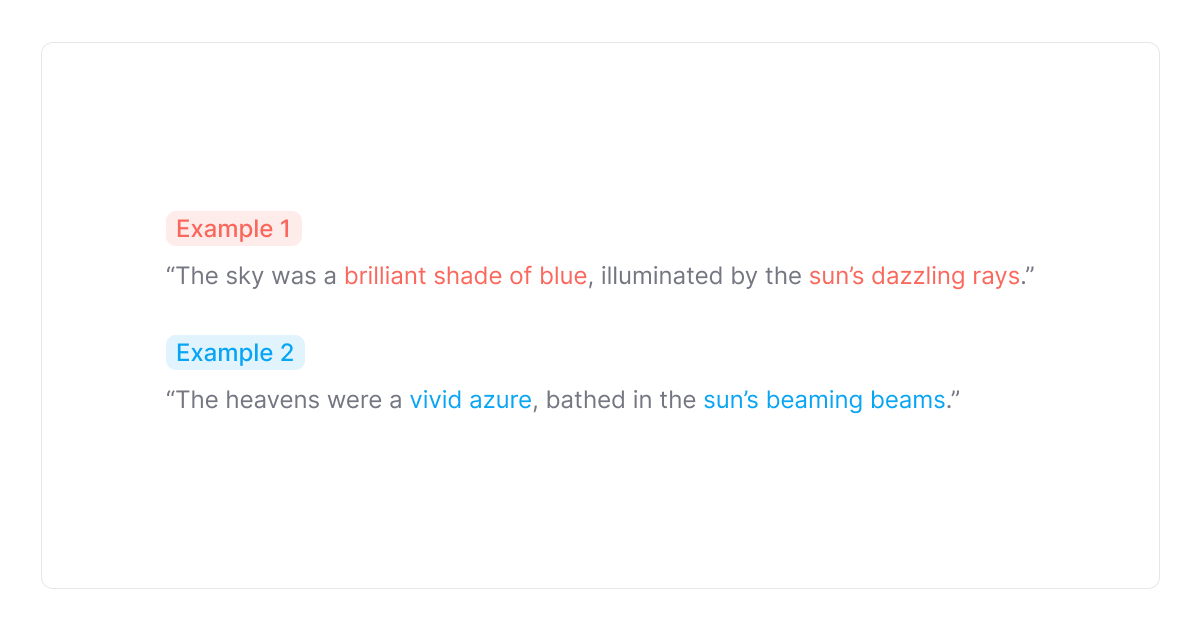
On the other hand, if you're writing something more serious, you'll want to use more concrete and precise language.
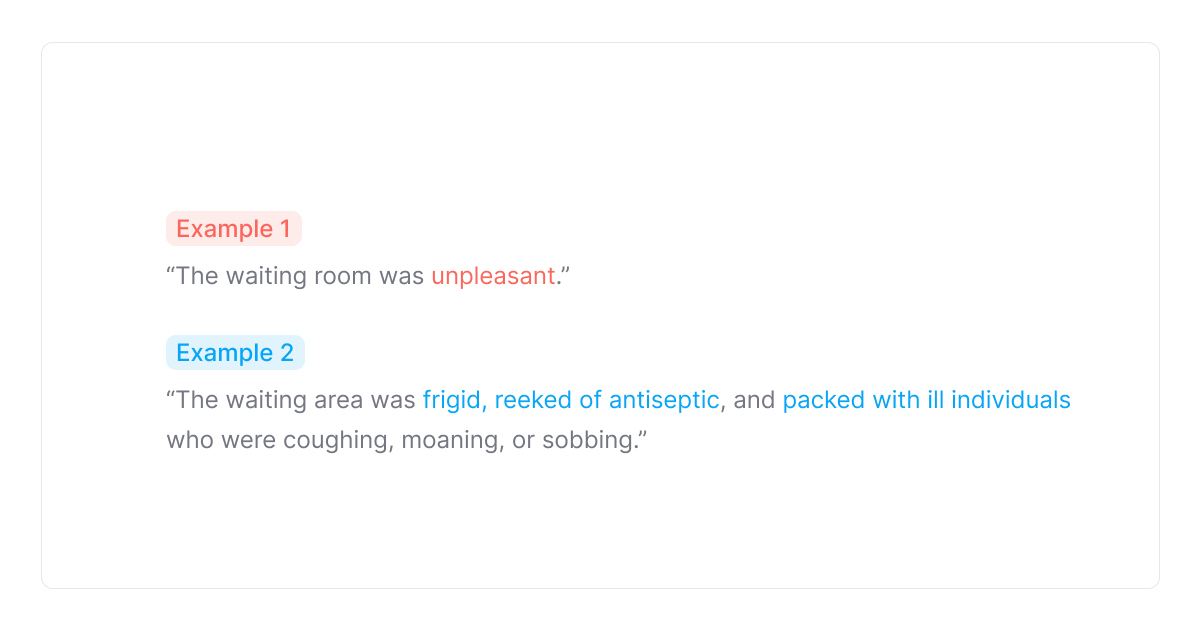
Pay attention to the words you use and the images you invoke.
By carefully crafting your details, you can ensure that your readers get the right message and engage with what you’re saying.
5. Speak Up
Your voice is one of the most powerful tools you have as a writer. It can be used to convey emotion, create atmosphere, and engage your reader on a personal level.
When used effectively, your voice can make your writing come alive and help you connect with your audience in a way that dry, lifeless prose cannot.
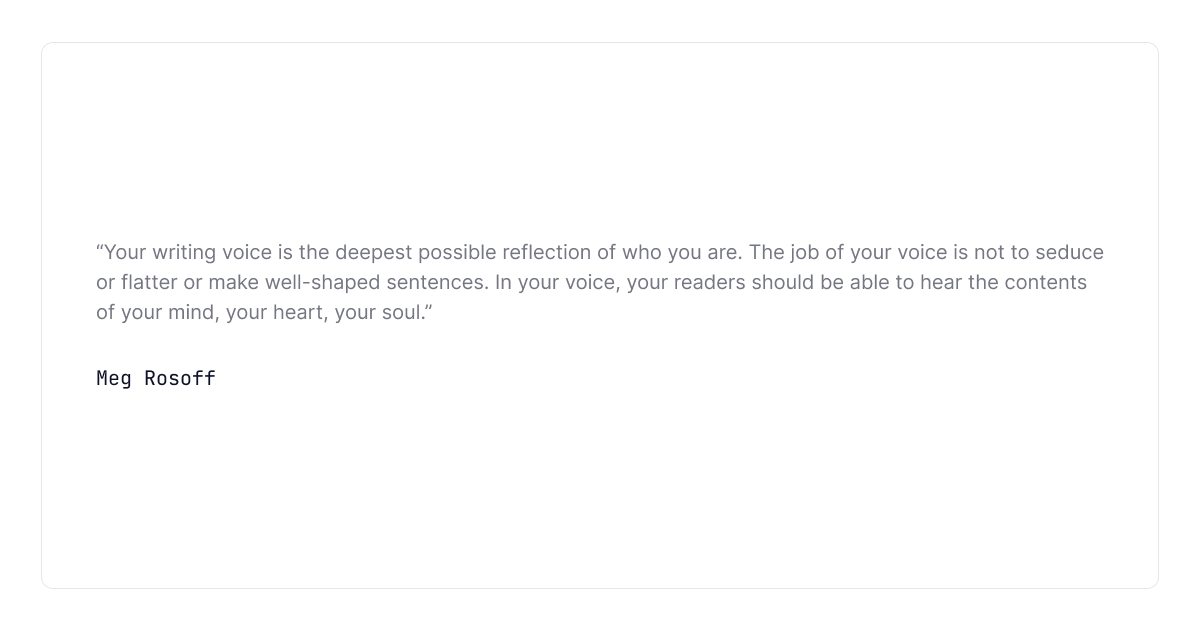
One of the best ways to ensure that your writing has an impact is to use your own voice.
This means being authentic and true to yourself – don't try to imitate someone else's style or tone, but let your own voice come through.
Here are some fundamental aspects to keep in mind when including your own tone of voice:
- Your content should be relevant and useful to your audience.
- Make it interesting and informative by providing value to your readers.
- Don't write just for the sake of writing – make sure your content is worth reading.
Another effective way to develop and hone your voice as a writer is to read aloud.
This will help you to hear how your words sound and also identify any areas where you may need to make adjustments.
Additionally, reading aloud will also help you to get a feel for the rhythm and flow of your writing.
6. Maintain The Same Tone From Start to Finish
When you're writing a blog post, it's important to keep the tone of your writing consistent from start to finish.
This will help create a cohesive piece that flows well and engages the reader throughout.
One way to ensure a consistent tone is to plan out your article before you start writing.
By knowing what points you want to hit and what overall message you want to communicate, it'll be easier to stay on track as you write.
For instance, If you are writing a piece that is meant to be serious, keep the tone consistent throughout the piece.
Do not start off with a serious tone and then switch to a more casual tone later on. This will confuse the reader and take away from the overall message of the piece.
On the other hand, if you are writing a piece that is meant to be more light-hearted, you can play around with the tone a bit more.
You can start off with a light-hearted tone and then switch to a more serious tone later on.
Additionally, try to avoid switching between first and third person too frequently, as this can disrupt the flow of the story.
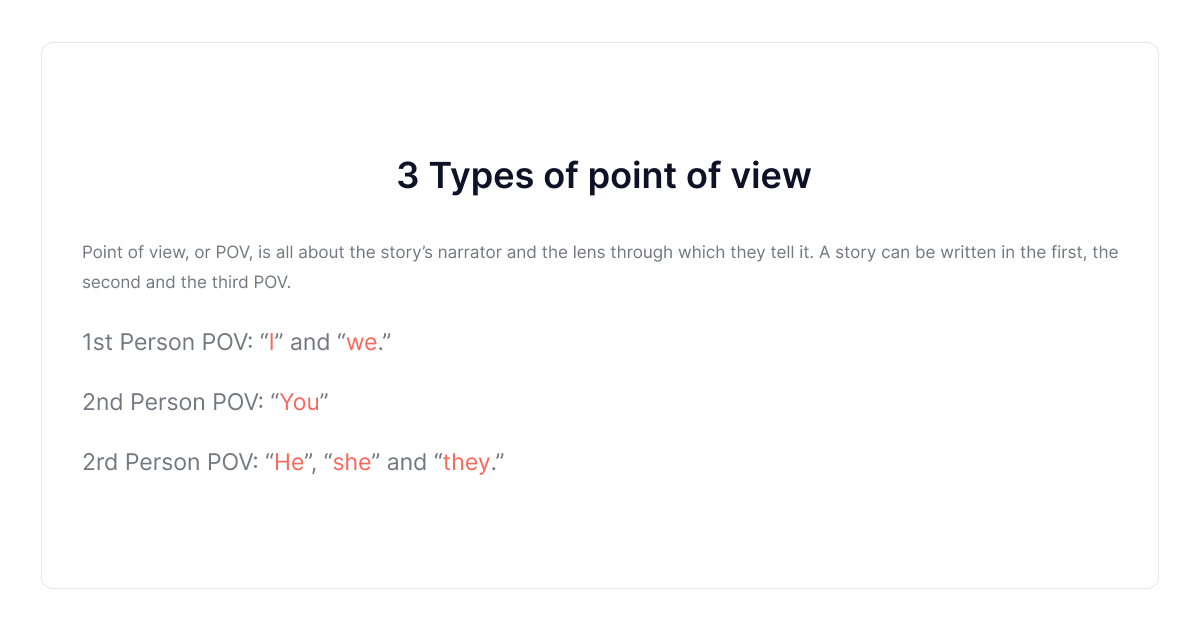
By maintaining a constant tone of voice throughout the article, you will prevent the reader from being confused and from assuming you are writing for two distinct audiences.

How to Change Tone In Writing Using TextCortex
The tone you choose while writing is important, as you can see.
It narrows down the people who already like your work and draws in more people who are in agreement with what you're saying.
We hope that these techniques to change tone in writing can help you become a better writer and attract more audience to your content.
However, there is one more technique we’ll like to share with you — change the tone in your writing by utilizing an AI-powered rewriting add-on called Text Cortex.
What is TextCortex?
TextCortex is a revolutionary text processing and paraphrasing tool that helps you get the most out of your content, and to make text processing easier and more efficient.
Some of the key functionalities of TextCortex include:
- A powerful and user-friendly interface.
- Advanced AI writers that have the ability to write and rewrite your text.
- A variety of rewriting features and 60+ AI templates for instant creation of any type of content.
- Access to 30+ most popular online platforms and text editors such as Facebook, LinkedIn, Gmail, Google Docs, etc
How To Change The Tone With TextCortex?
To use TextCortex, the first thing to do is to add a rewriting Chrome extension to your browser.
To change the voice of a certain paragraph, simply highlight it and choose the ‘Tone’ feature from the feature bar that appears below the selected text.
At the bottom of the suggestion window you’ll get to choose between 10+ different tones of voice, such as formal, urgent, encouraging, cheerful, decisive, concise, etc.
The actual value of the TextCortex rewriting add-on is found in the interoperability of its capabilities.
That means that you can tweak your original text in many ways, including:
Rewriting — get a clearer and better context of the original text without losing its meaning.
Expanding — extend the length of your sentences and paragraphs.
Summarizing — shorten your original text for a brief information.
Autocompleting — get full sentences from a few-words concept.
Creating emails from bullets — get ready-to-sent emails from key takeaways.
Writing long-form posts — generate your blog posts from 5-word-ideas.
Translating — translate your original text in 10+ languages including German, French, Romanian, Ukrainian, etc.
In addition, by utilizing TextCortex add-on, you can track your readability metrics such as character and word count, reading time and overall readability score.
Tempted to give it a try?
Get TextCortex Chrome extension today to eliminate 80% of your writing work, enhance your writing abilities and produce consistently high-quality content.




